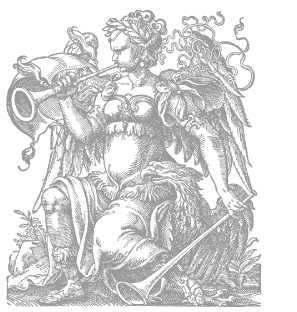
During the Middle Ages, a work of literature was often read aloud or recited because the vast majority of people could not read or write, and books in manuscript were comparatively expensive. Although collective reading continued throughout the Renaissance, it usually was in the context of a court, salon, or coffeehouse, in which the reading became a social activity. By the 16th century, private reading for pleasure and study (which often may have been “sounded out” rather than done in silence) was normal for the educated class. In general, literacy rates for young males increased significantly across western Europe between 1400 and 1600; young women also learned to read in scattered areas (see chapter 11, on education). With the spread of printed books, literature became easily attainable, even for members of the middle class. Illustrated books, with woodcuts or engravings, helped to popularize histories, biographies, novels, plays, and several types of poetry. During the 16th century, libraries of printed books began to be appreciated as much as the famous manuscript libraries had been in the 15th century, and several collections functioned as public libraries for the upper classes.
Classical texts and Renaissance works in NeoLatin (rarely in Neo-Greek) were marketed at the book fairs alongside tales of medieval romance, popular ballads, reports from explorers, medicinal treatises, prayer books, emblem books, and many other forms of literature that proliferated during the late 15th and 16th centuries. Although the Renaissance began with Latin as the universal European tongue, and although several renowned humanists advocated Latin as the preferred literary language, literature in the vernacular flourished. Meanwhile, Renaissance Latin had an impact on the vernacular, notably in poetry. The present chapter discusses the genres of poetry, prose, drama, and oratory, including nonfiction prose, considering “literature” in its broadest sense. Although it is impossible to explore the work of every author in this 200-year period, the highlights of each genre are treated in the chapter. In addition, a list of major authors identifies many of the noteworthy writers. Several important works concerning religion, art, architecture, music, warfare, travel, and science are treated in the chapters on those topics. Bibles and biblical literature are discussed in chapter 2.




 World History
World History









